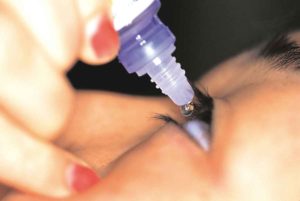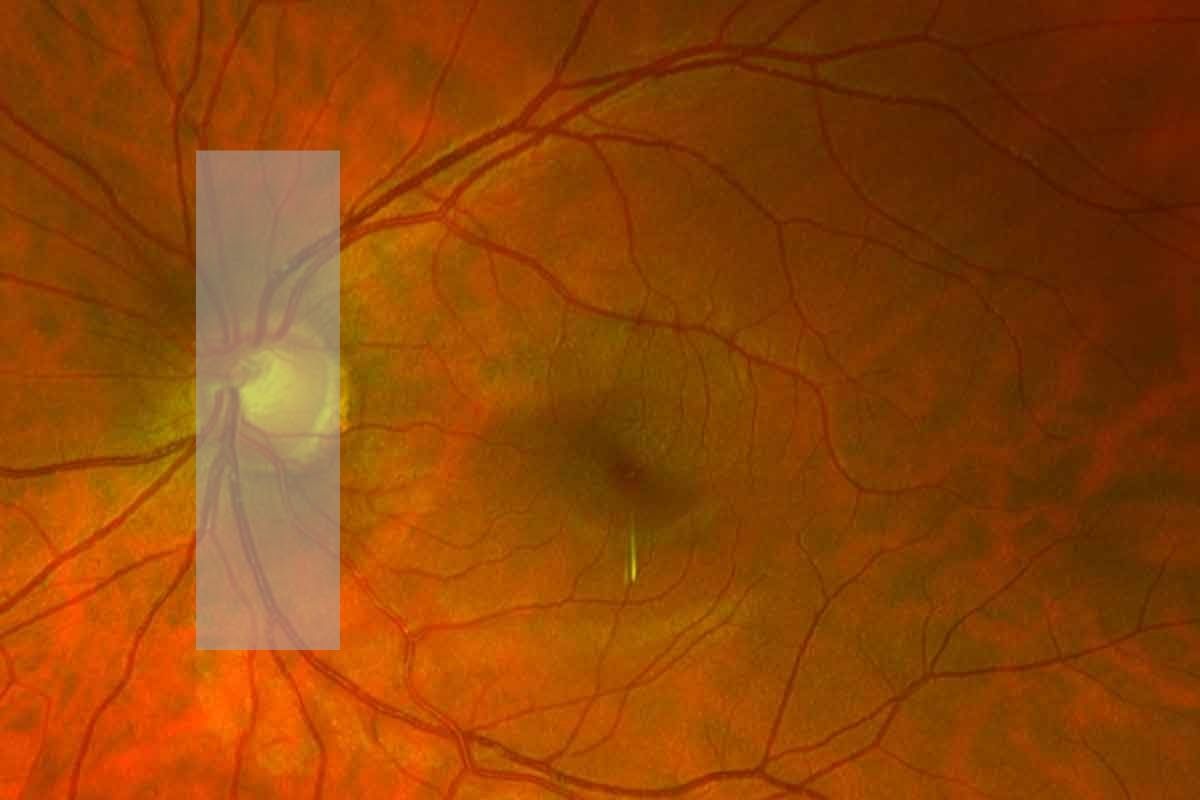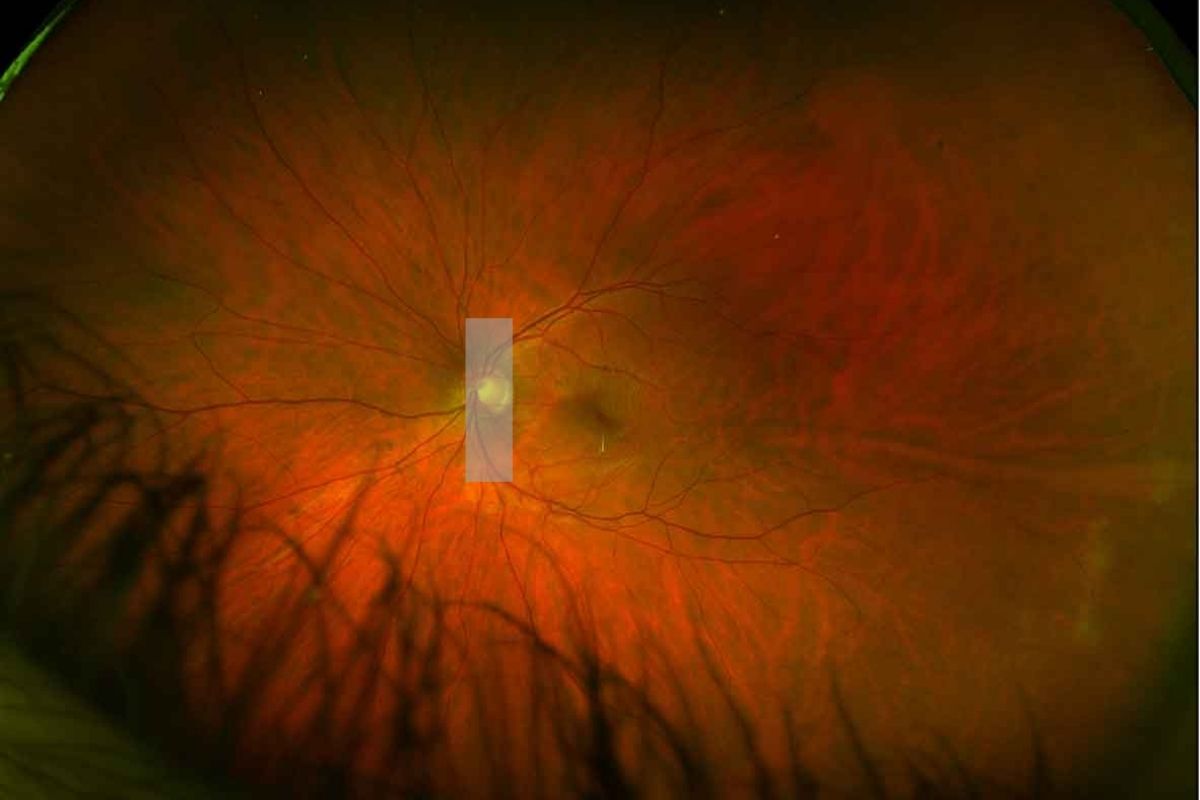You know it’s coming. The eye exam is going great, then comes the question you’ve been dreading… “Can I dilated your eyes today?”

Not only does a pupil dilation require extra time in the office (20-30 minutes is usually required), but it also poses a risk of potential side effects. The pupils can stay dilated for up to 2-4 hours, or in some cases even longer, after the exam. During that time, your eyes may feel uncomfortable or sensitive to light, so it’s a good idea to bring along some sunglasses. If you forget them, some not so stylish dilation shades will be provided for you. You may also notice your near vision is a little blurry. This can especially impact younger patients, so you may want to avoid near tasks for a few hours after the exam. Some patients feel uncomfortable driving afterwards. If you are worried, it’s a good idea to bring someone with you to your appointment or to reschedule to a day when you are able to have a driver.
The benefits of dilation far out way the risks. A dilated eye exam helps to spot problems early such as retinal holes, diabetic retinopathy, glaucoma, and macular degeneration. The eye doctor can even spot tumors inside the eye!
The dilation is more than just an inconvenience. It’s an extremely important aspect of the eye exam that could potentially save your life!
Diabetic Eye Disease
For certain patients, such as those with systemic disease or who are at risk for diseases, should be dilated more often. For instance, a patient with diabetes should be dilated at least once pre year. According to the American Optometric Association’s Clinical Practice Guidelines (CPG) “early diagnosis of diabetic retinopathy coupled with annual dilated eye examinations will identify patients at high risk and who will benefit most from intensified therapy, both ocular and systemic.”1
The Doctors Perspective
From the doctors point of view, there are many structures in the back of the eye that are either more difficult or cannot be seen at all. As seen in the image below, the doctor can only see structures such as the optic nerve, the macula, and the arteries and veins in an area called the posterior pole.
During dilation, eye drops are instilled into the eye in order to increase the size of the pupil and restrict it form constricting when the doctor shines their lights into the eye. The eye is hollow, almost the same size as a ping-pong ball, and the tissue that lines the inside of the back of the eye is called the retina.

Undilated View

Dilated View
As seen in the image above, the doctor can see much more of the eye after the pupil is dilated.
It may seem to be a great inconvenience, but a routine dilated eye exam is an important part of your eye health and overall health in general!
Retinal Imaging techniques
New and sophisticated retinal cameras can image most of what can be seen by dilation in one snapshot. While promising technology, standard of care protocols still exist that, as written, recommend routine dilation for certain eye diseases. Patients with diabetes are still recommended to get a dilated eye exam at least once a year, even if their disease is well controlled.
Click here to read more articles from our blog!
1. American Optometric Association Consensus Panel on Comprehensive Adult Eye and Vision Examination. Optometric Clinical Practice Guideline: Comprehensive Adult Eye and Vision Examination. 2nd ed. St. Louis, Mo.; 2005:4.
